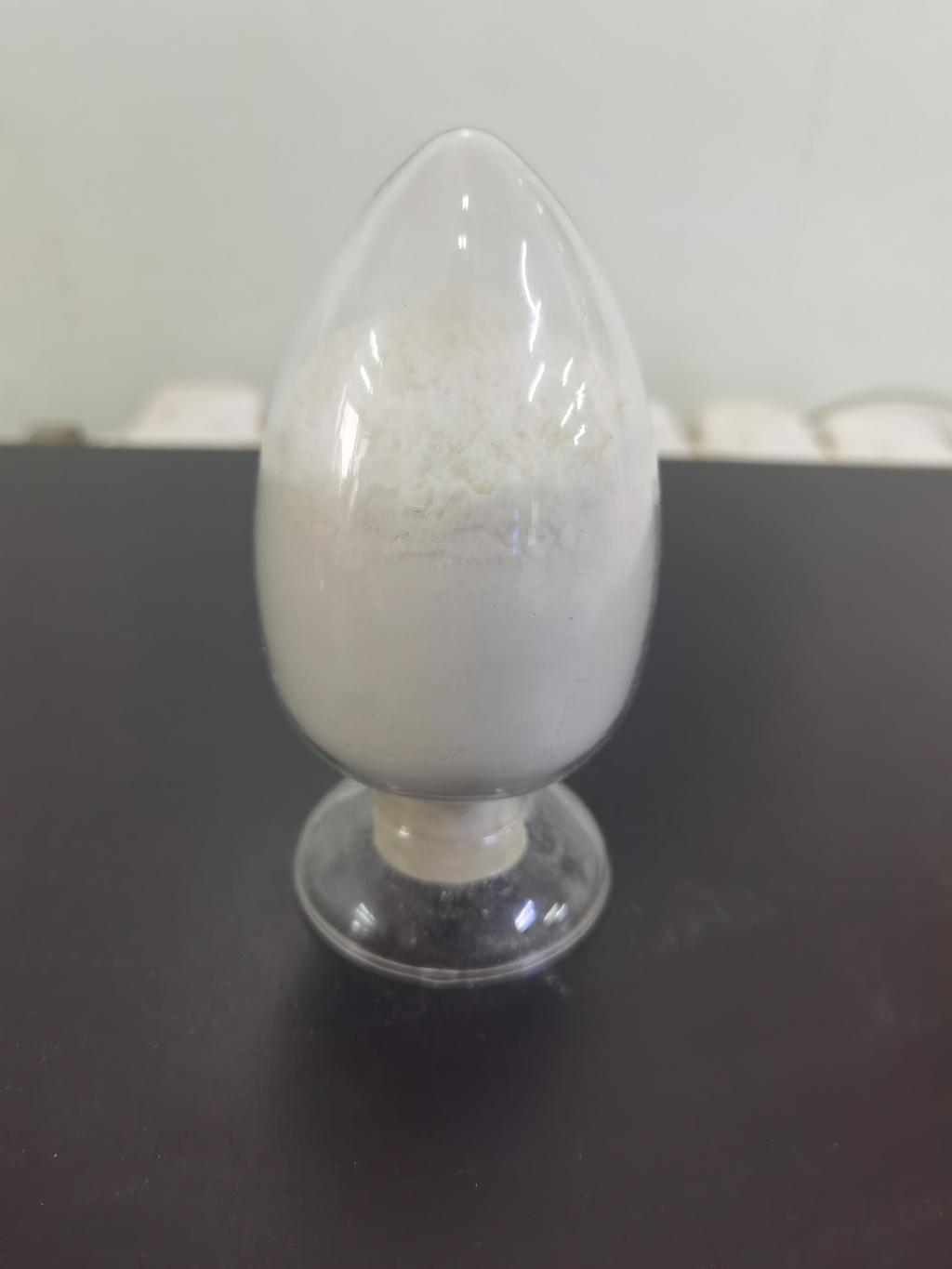Tel:0086 18231198596

News
ε-Polylysine Hydrochloride in Biodegradable Plastics: A Step Towards Eco-Friendly Packaging
TIME:2024-02-21
I. The Environmental Impact of Conventional Plastics:
a. Plastic Pollution:
Conventional plastics, primarily derived from fossil fuels, have become ubiquitous in our daily lives. However, their widespread use has led to severe environmental consequences, with plastic pollution affecting oceans, wildlife, and ecosystems. The slow degradation of traditional plastics exacerbates the environmental footprint, prompting a shift towards sustainable alternatives.
b. The Urgency for Biodegradable Packaging:
As concerns about climate change and environmental sustainability intensify, there is an urgent need to transition from non-biodegradable plastics to eco-friendly alternatives. Biodegradable plastics offer a promising solution, breaking down naturally and reducing the long-term environmental impact associated with traditional plastics.
II. ε-Polylysine Hydrochloride: A Sustainable Biopolymer:
a. Introduction to ε-Polylysine Hydrochloride:
ε-Polylysine Hydrochloride is a naturally occurring biopolymer produced through the fermentation process of Streptomyces albulus. It is a cationic polyamide with unique antimicrobial properties, making it a versatile and sustainable material for various applications. Its natural origin and biodegradability make ε-Polylysine Hydrochloride an environmentally friendly alternative to conventional plastics.
b. Biodegradability and Environmental Compatibility:
Unlike traditional plastics, ε-Polylysine Hydrochloride is inherently biodegradable. Microbial activity in soil and water can break down this biopolymer into non-toxic components, minimizing its environmental impact. The compatibility of ε-Polylysine Hydrochloride with natural processes aligns with the principles of a circular economy and sustainable material management.
III. Applications of ε-Polylysine Hydrochloride in Biodegradable Plastics:
a. Film Production for Packaging:
One of the key applications of ε-Polylysine Hydrochloride lies in the production of biodegradable films suitable for packaging. These films can be used in various industries, including food packaging, reducing the reliance on non-biodegradable materials and mitigating environmental pollution.
b. ε-Polylysine Hydrochloride-Based Blends:
Exploring the combination of ε-Polylysine Hydrochloride with other biodegradable polymers can result in enhanced properties and improved performance. Blending ε-Polylysine Hydrochloride with materials like polylactic acid (PLA) or polyhydroxyalkanoates (PHA) can create robust and sustainable packaging solutions.
IV. Advantages of ε-Polylysine Hydrochloride in Packaging:
a. Antimicrobial Properties:
The inherent antimicrobial properties of ε-Polylysine Hydrochloride can contribute to the preservation of packaged products, reducing the need for additional chemical preservatives. This feature is particularly valuable in the food industry, where maintaining product freshness is essential.
b. Flexibility and Durability:
ε-Polylysine Hydrochloride-based biodegradable plastics can exhibit flexibility and durability comparable to traditional plastics. This makes them suitable for a wide range of packaging applications without compromising performance or structural integrity.
c. Reduced Environmental Impact:
The adoption of ε-Polylysine Hydrochloride in biodegradable plastics reduces the environmental impact associated with traditional plastic packaging. Biodegradability ensures that the end-of-life disposal is more sustainable, contributing to a cleaner and healthier environment.
V. Challenges and Considerations:
a. Cost Considerations:
While ε-Polylysine Hydrochloride offers a sustainable alternative, its production cost may currently be higher than conventional plastics. Exploring cost-effective production methods and economies of scale is crucial to making biodegradable plastics more accessible to industries and consumers.
b. Industry Adoption and Awareness:
Encouraging industries to adopt ε-Polylysine Hydrochloride-based biodegradable plastics requires raising awareness about the environmental benefits and dispelling potential misconceptions. Collaborative efforts between researchers, manufacturers, and policymakers are essential for promoting widespread adoption.
VI. Case Studies and Success Stories:
Highlighting case studies and success stories of businesses or industries that have successfully integrated ε-Polylysine Hydrochloride into their packaging materials can provide tangible examples of its feasibility and impact. These instances can inspire other enterprises to embrace sustainable packaging solutions.
VII. Regulatory Landscape and Certification:
Navigate the regulatory landscape surrounding biodegradable plastics, emphasizing the importance of certifications and standards. Understanding and complying with regulations is essential for ensuring the safety and environmental claims of packaging materials containing ε-Polylysine Hydrochloride.
VIII. Future Prospects and Innovations:
Explore the potential future directions and innovations in the integration of ε-Polylysine Hydrochloride into biodegradable plastics. This may include advancements in production processes, novel applications, and collaborative research initiatives aimed at enhancing the sustainability of packaging materials.
Conclusion:
In conclusion, ε-Polylysine Hydrochloride holds significant promise as a key player in the development of eco-friendly packaging materials. By addressing the environmental challenges posed by conventional plastics, ε-Polylysine Hydrochloride-based biodegradable plastics contribute to a more sustainable and responsible approach to packaging. The adoption of such innovative solutions is essential for creating a circular economy that prioritizes environmental stewardship and the well-being of future generations.

 CONTACT
CONTACT




